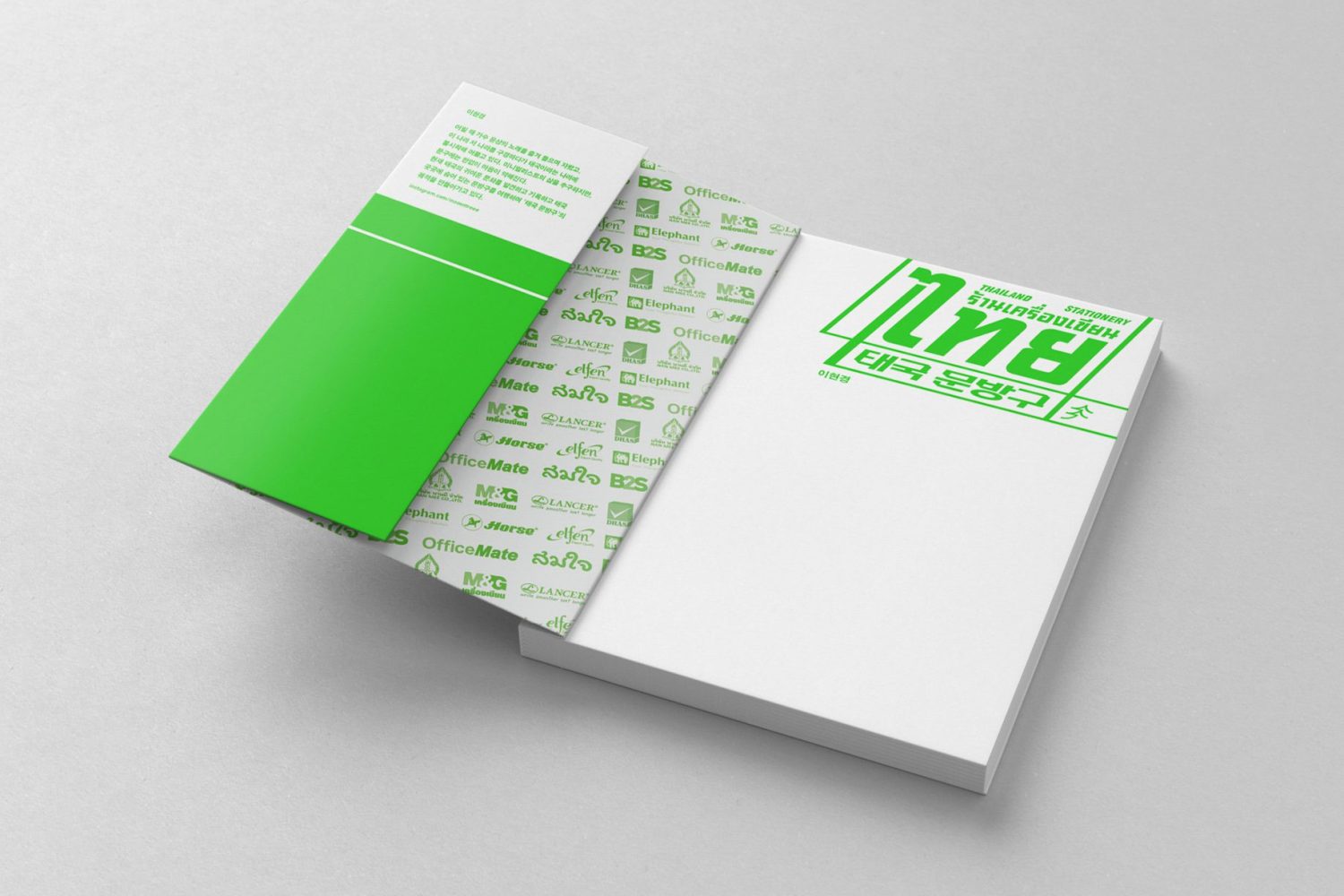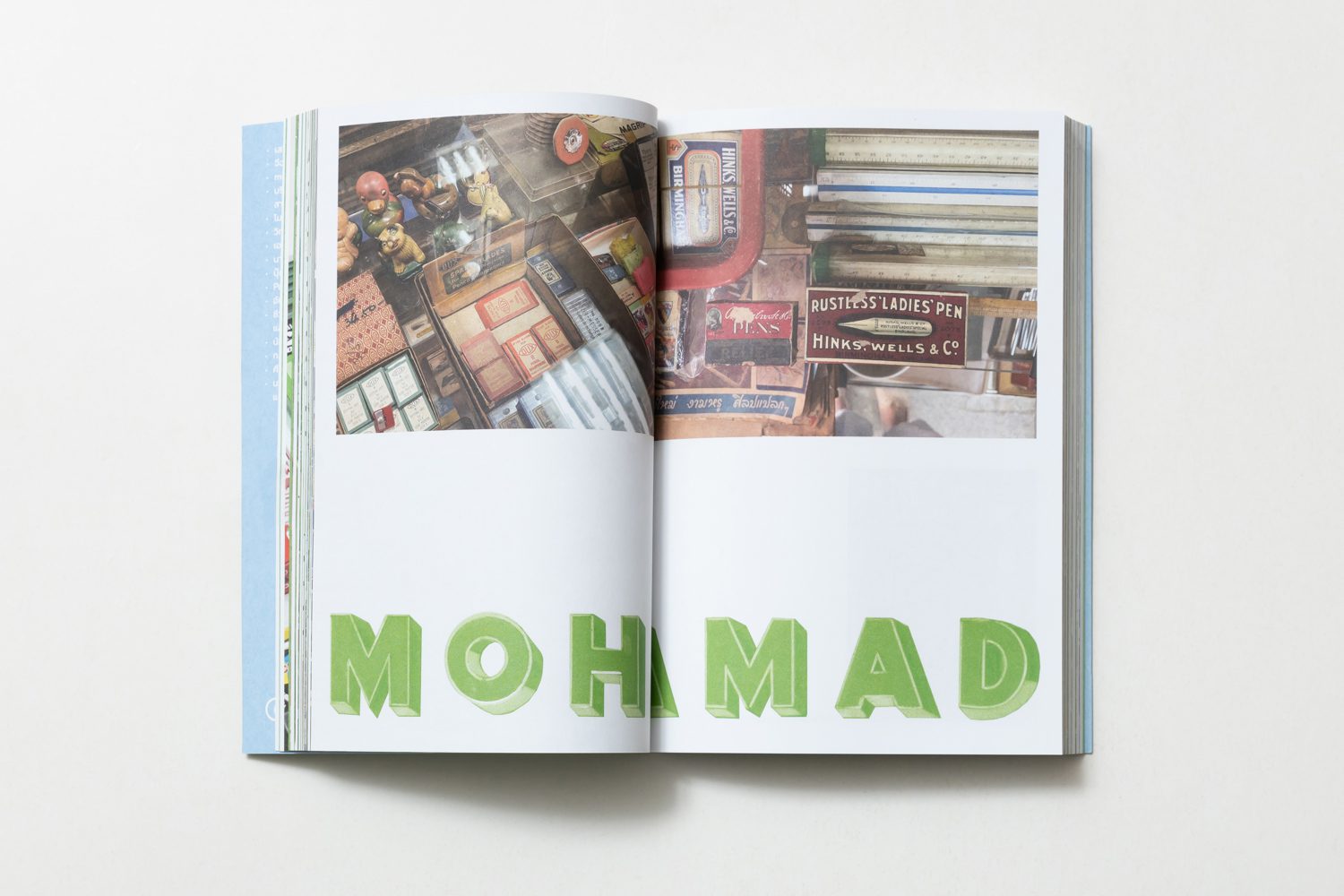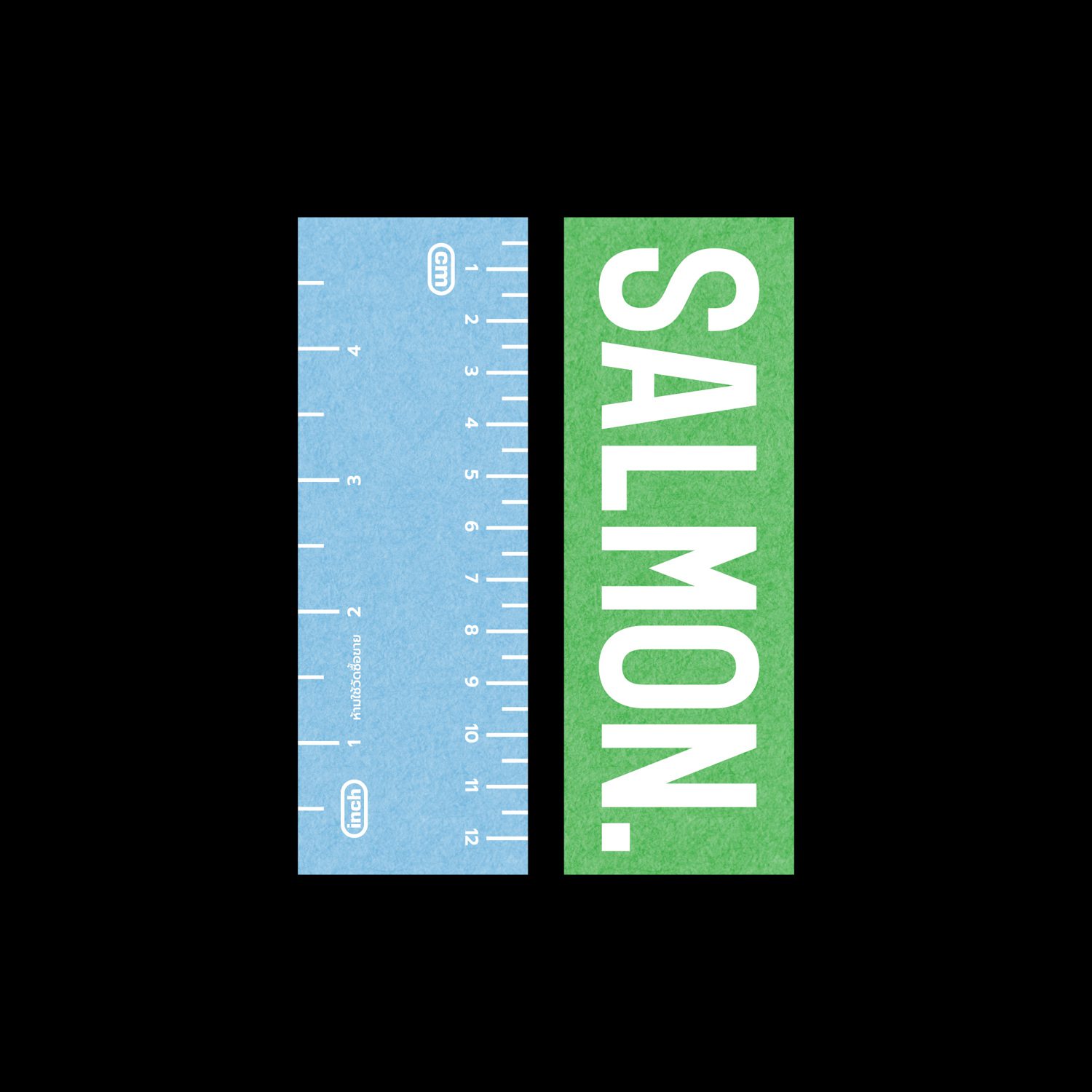TALK WITH THE AUTHOR OF A BOOK ‘THAILAND STATIONERY’, THAT COMPILES STATIONERY SHOPS THROUGHOUT THAILAND IN A KOREAN ASPECT
TEXT: PIYAPONG BHUMICHITRA
PHOTO CREDIT AS NOTED
(For Thai, press here)
Perhaps the name Lee Hyunkyung doesn’t immediately resonate with readers or professionals in the design and creative fields. But what if we told you that this is the real name of Han, the author of the Korean edition of ‘THAILAND STATIONERY’, or its Thai counterpart titled ‘ร้านเครื่องเขียนไทยใกล้ฉัน (Thai Stationery Stores Near Me)’, published by Salmon Books?
‘THAILAND STATIONERY’ is a compilation of stationery shops throughout Thailand that Lee Hyunkyung personally visited and documented. Presented in a straightforward format divided according to different regions of the country, the book features her own content and photographs, along with charming little anecdotes woven into every page. The original edition, written entirely in Korean, was first unveiled at the Bangkok Art Book Fair in 2022. For those not fluent in Korean, the only practical way to read it was by using a translation app on a smartphone to painstakingly scan and translate each paragraph—a cumbersome process that led many to abandon the effort. This year, however, the book has been released in a Thai edition, translated by Wanicha Jinsiriwanit and published by Salmon Books this past October. This conversation with Han, or rather, Lee Hyunkyung, took place just a few hours after finishing the Thai edition of her book.
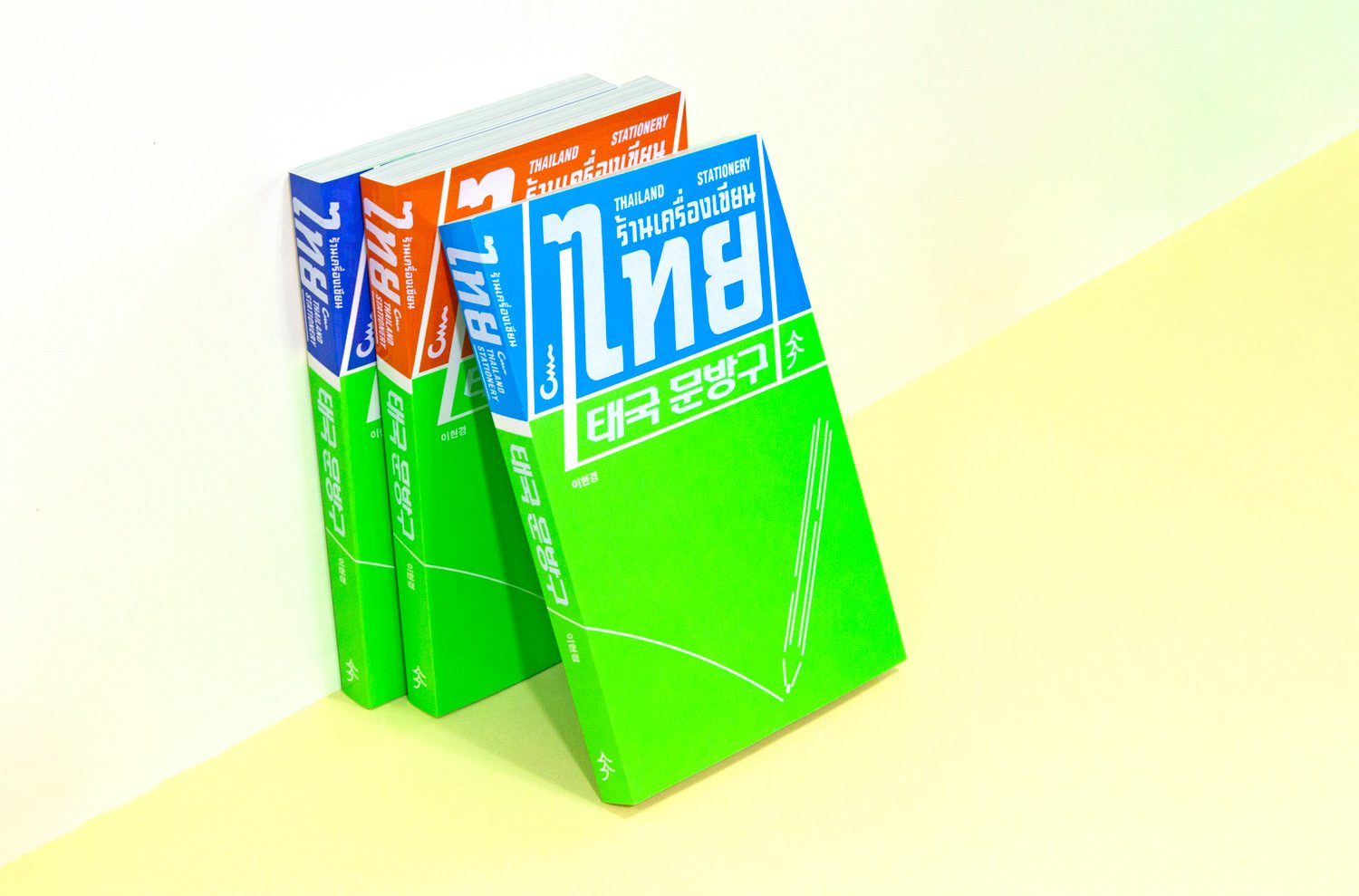
Photo courtesy of Sojanggak
art4d: Could you share with us why Sojanggak Publishing decided to publish your book ‘THAILAND STATIONERY’? Does the publisher have a particular passion for stories centered on Southeast Asia?
Lee Hyunkyung: I moved to Thailand in January 2019, and soon after, I started traveling all over the country to gather information about Thai stationery. When I shared this content on Instagram, it caught the attention of many Koreans because, until then, there hadn’t been any content about the topic.
Then, in March 2021, Sojanggak Publishing reached out to me. They told me that my content about Thai stationery was intriguing and unique, and they proposed that we collaborate to create a book about it. I felt our visions aligned since Sojanggak is also keen on telling stories from Southeast Asia.
In July 2022, the Korean edition of the book ‘태국 문방구 (THAILAND STATIONERY)’ was published in Korea. Even though it’s been over two years since I began this journey, the book continues to receive considerable attention from many Korean readers.

Photo courtesy of Sojanggak
art4d: You’re a graphic designer and creative director. Beyond the content and photographs, how involved were you in the design and production of this book (the Korean edition)?
LH: Since the content and photographs came from my own materials, I was able to suggest ideas about which images to include. But when it came to the design of the Korean edition of ‘태국 문방구 (THAILAND STATIONERY)’, Sojanggak Publishing took care of everything—from the cover design to the layout of the content inside.
I was pleased that, as designers, we could freely exchange opinions about the layout. I think they did a fantastic job capturing the vibrant colors characteristic of Thailand on the book cover, which I believe is a crucial element that makes it stand out from others.
They designed the cover in multiple colors—light blue, navy blue, yellow, orange, and pink—and each store selling the book had covers in different colors. I think this adds a fun element for readers and piques their curiosity about what’s inside. Collaborating with Sojanggak Publishing made this book a well-designed piece.
art4d: After your first book in Korean was published and distributed, how much has your life in Thailand changed?
LH: When ‘태국 문방구 (THAILAND STATIONERY)’ was published in Korea two years ago, it surprisingly garnered a lot of attention here in Thailand. I’m incredibly grateful because it gave me the chance to share stories about Thai stationery, local establishments, my life here, and my experiences as a designer through various media channels. Thanks to the book’s reception, I also met many wonderful Thai friends. I really want to thank everyone once again.
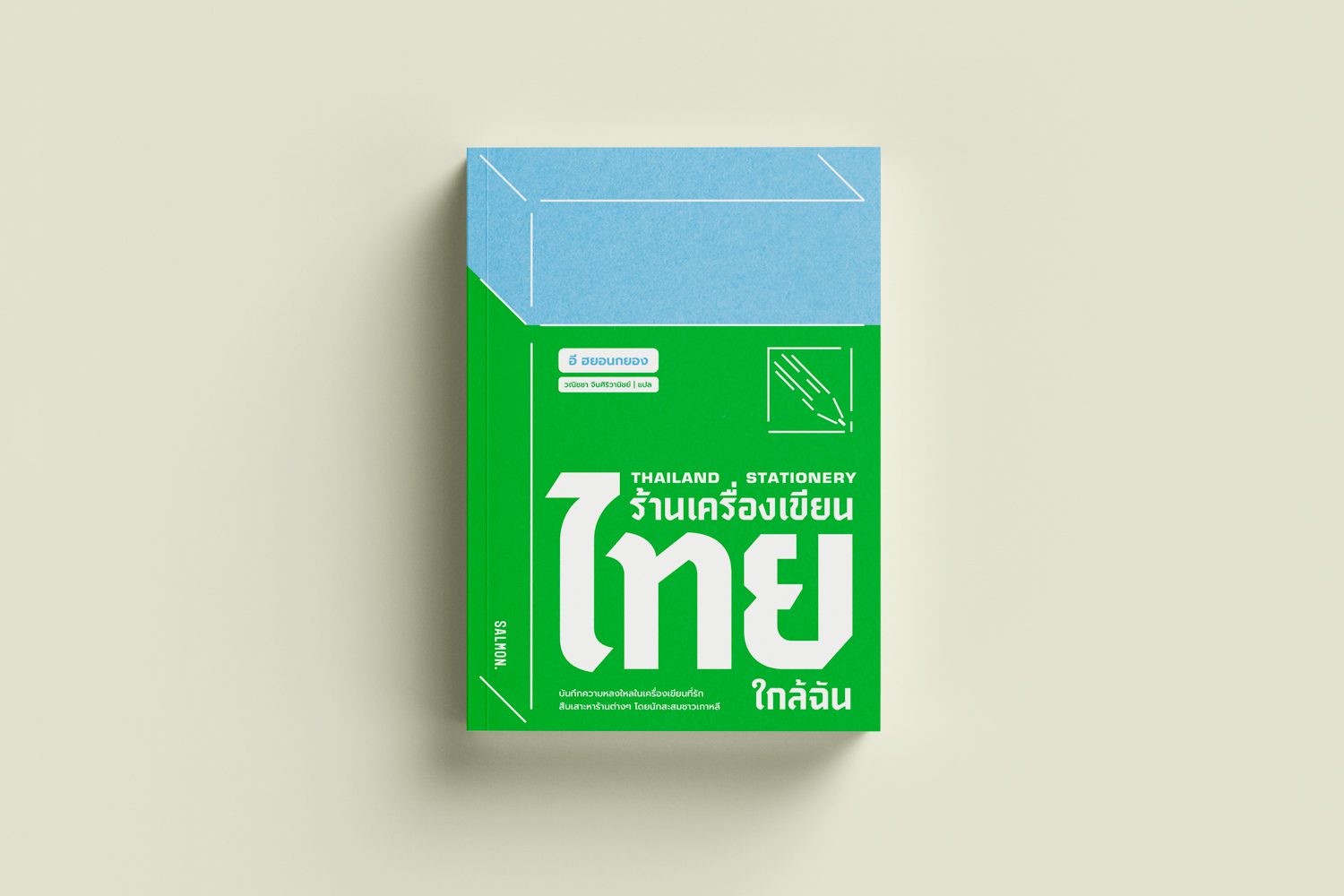
Photo courtesy of Salmon Books
art4d: And what about the Thai edition? How did that come about? Could you tell us about the origin of publishing this book in Thai?
LH: After the Korean edition came out in July 2022, I had the opportunity to participate in art book fairs in several cities—Bangkok, Kuala Lumpur, Cebu, Singapore, and Seoul. Since it’s also an art book, I got to observe how readers from different countries reacted. Many people, including Thai readers, were really interested in the content about Thai stationery, and folks from various countries bought the book at these events. But because it was in Korean, many couldn’t understand it. I felt both happy and a bit sorry when I saw people trying to read it using Google Translate.
So, I thought about working with Sojanggak Publishing to translate and publish an English version. But before that, I realized we needed to do something else first. I felt we should publish it in Thai because so many Thai readers were interested. Even though it was in Korean, a lot of Thai readers had already purchased the book.

Image courtesy of Salmon Books
At that time, Vacilando bookstore in Bangkok and Note a Book in Chiang Mai helped by ordering a large number of copies, making it easier for Thai readers to get the book here. I was very grateful for their support. Some Thai friends even bought the book directly from bookstores in Seoul when they traveled to Korea. Then, in June 2023, Salmon Books reached out about publishing a Thai edition. I was truly grateful. After about a year of preparation, ‘THAILAND STATIONERY’ was published in Thailand on September 30, 2024.
art4d: How challenging was the translation process from Korean to Thai? Did you need to communicate with the translator often, and who had the final say in choosing the Thai words that best conveyed what you wanted to express?
LH: The entire translation of ‘태국 문방구 (THAILAND STATIONERY)’ into the Thai edition titled ‘THAILAND STATIONERY ร้านเครื่องเขียนไทยใกล้ฉัน (Thai Stationery Stores Near Me)’, was handled by Ms. Wanitcha Jinsiriwanich. She has extensive experience translating from Korean to Thai across various fields. For this project, she worked closely with Salmon Books to ensure we achieved the best possible outcome.
art4d: After reading the Thai edition, I realized you write in a very engaging, fluid, and natural way. Do you have a background in writing, or have you developed storytelling skills from previous experiences?
LH: I’ve loved drawing and writing since I was a child. I also enjoyed reading books and drawing cartoons. Over time, I became a graphic and branding designer—a profession I’ve been in for 13 years now. On weekdays after work, I spend time reading and writing. On weekends, I’d go out and do interesting activities that inspire my writing. I’ve been living like this for almost 10 years. For me, drawing and writing are closely connected, making the combination of designer and writer very appealing.
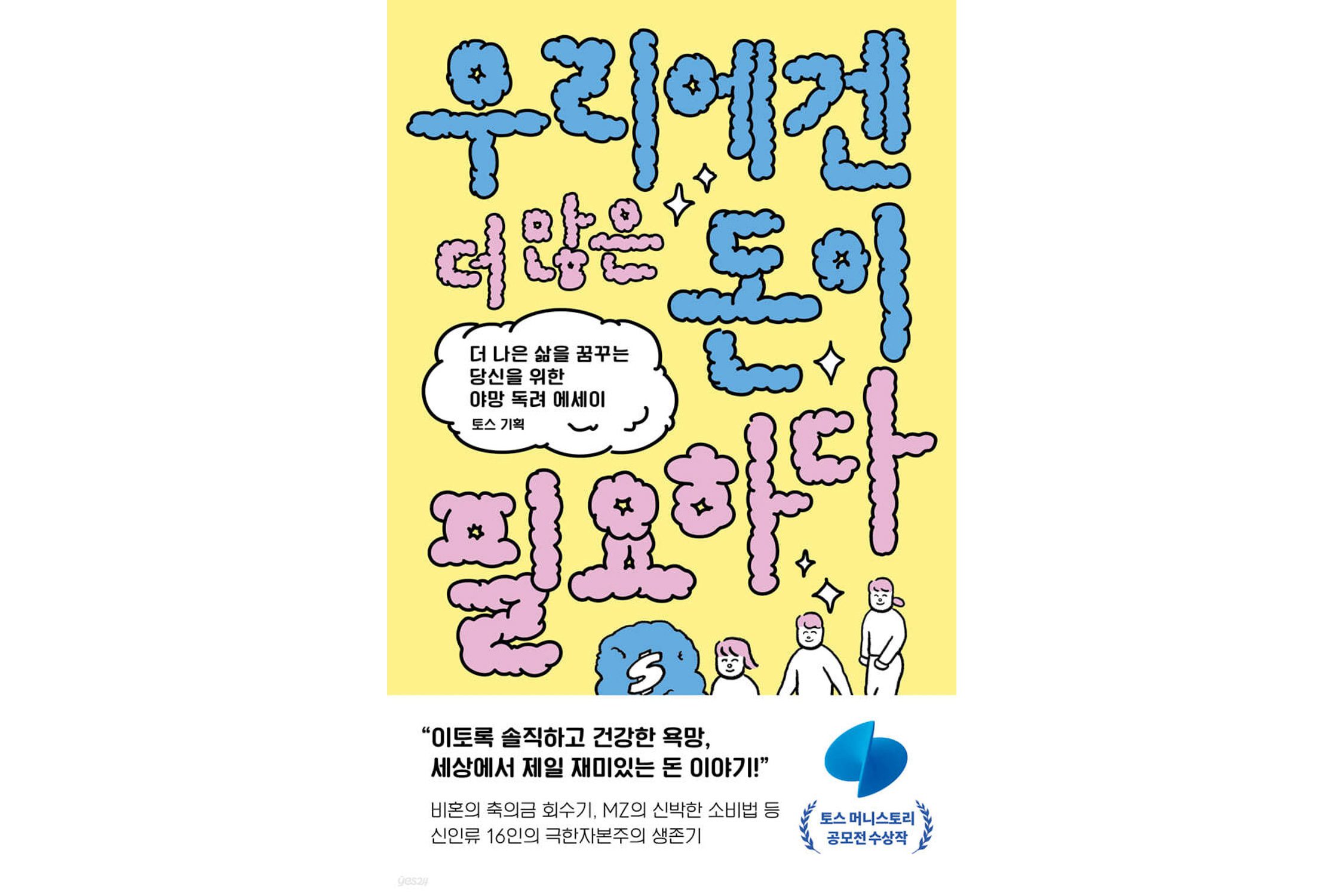
우리에겐 더 많은 돈이 필요하다: Essays for Those Who Dream of a Better Life | Image courtesy of TOSS
I’m also a very curious person, so I have many questions and things I want to explore. This leads me to regularly write down notes, and these notes can be compiled into books. In 2023, I wrote two more books. One is called 우리에겐 더 많은 돈이 필요하다: Essays for Those Who Dream of a Better Life, where I wrote about living in Thailand and making money here, along with 10 other writers. The other is 기록하는 수집가의 단짝: Stories of Life with Stationery, written with five other authors who love stationery. In it, I contributed stories with ‘pencils’ as the main theme. Writing books is an important part of my life, and I hope to continue drawing and writing until I’m an old lady who is truly happy doing her work.

기록하는 수집가의 단짝: Stories of Life with Stationery | Image courtesy of Camel books
art4d: In the Thai edition, how satisfied are you with the translation and the design of the cover and layout? How would you approach designing the cover for a reprint edition?
LH: I am extremely pleased with the Thai translation of ‘THAILAND STATIONERY’. Many Thai readers have shared that they felt a deep connection and were moved by my stories after reading this book. I have also read the Thai translation myself and noticed that many nuances were exceptionally well conveyed in Thai, nuances that were not as evident in the Korean version. The translation was meticulously done, and I sincerely thank both the translator and the publisher for their outstanding work.
Regarding the imagery in the Thai edition, we opted to use all the photographs from the Korean edition, all of which I personally took. Although the book was compiled two years ago and some minor changes have occurred since then, we decided to use images that were similar to the original to faithfully preserve the moments captured at that time.

Photo: Ketsiree Wongwan
The design for the Thai edition was crafted by Puntacha Laongchan. Puntacha has designed numerous books for Salmon Books and brings a wealth of experience from various design fields. I am particularly fond of the Thai edition’s design. The concept of a cover that suggests stationery items was a brilliant choice, especially when the book is displayed alongside others. The design, colors, and layout of this edition are unique, making it visually striking. As for your question about designing the cover for a reprint edition, I’ve never thought about another design, but I am curious about how it might look with different color schemes. Once again, I’d like to give my thanks for the team for producing such a beautiful book.

Photo: Ketsiree Wongwan
art4d: Besides stationery, if you were to write a next book about things you encounter in your everyday life, what would it be about?
LH: I’ve come across a variety of topics that could be developed into a book. As a foreigner living in Thailand, I have experienced a wide array of events, which I have documented in great detail. Additionally, I can share experiences from living in Korea, Japan, and Singapore, and stories from my time studying design in Italy. I am particularly interested in stories about the culture, design, and languages of other countries.
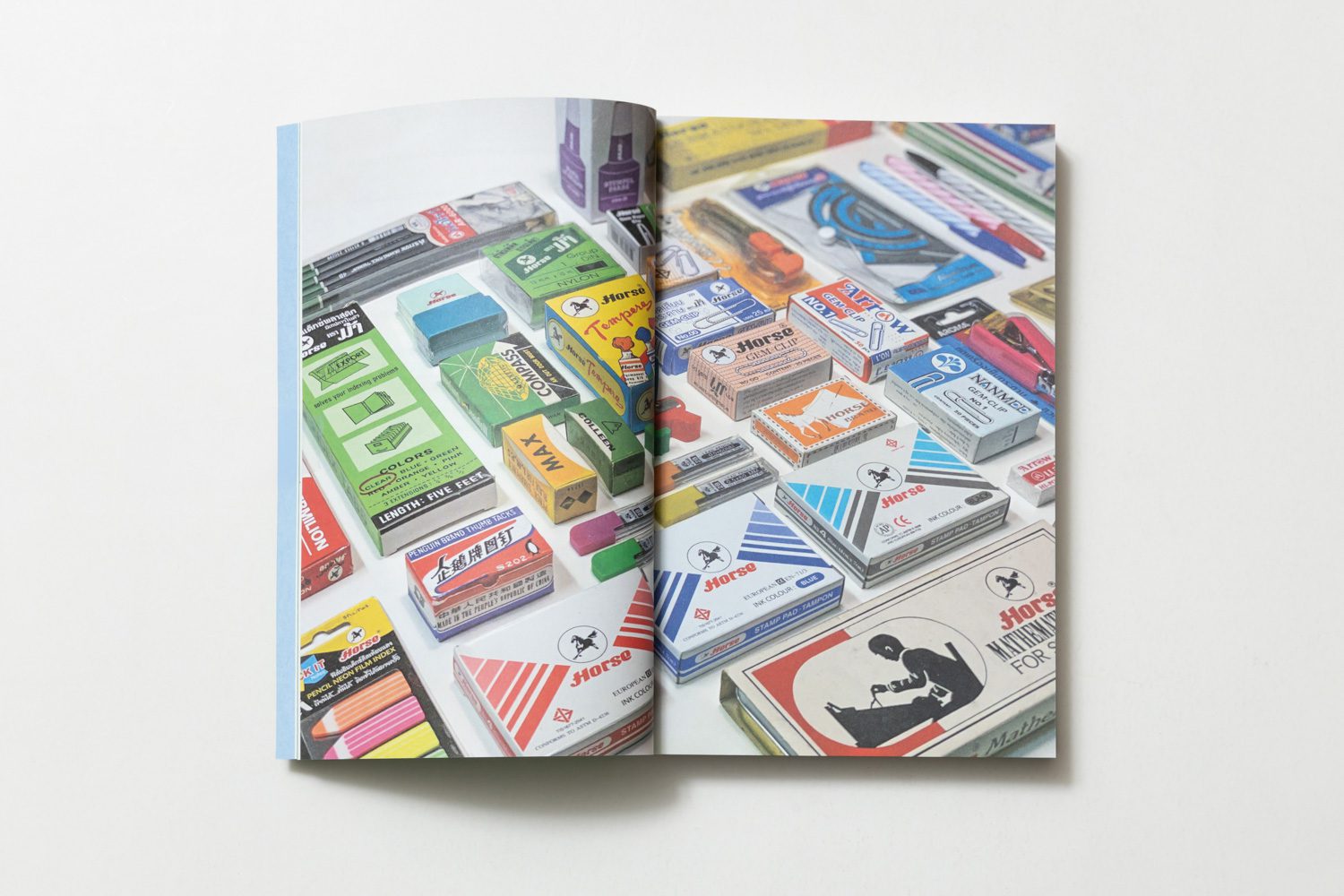
Photo: Ketsiree Wongwan
art4d: Beyond your writings and photographs, could you give us a glimpse into your background as a graphic designer and creative director? This could help our readers understand another facet of your life.
LH: Beyond my fascination with Thai stationery, I’ve become deeply involved in exploring various aspects of Thailand, especially its culture and diverse regions. I’m also very interested in Thai design and art. I love listening to stories from Thai people and uncovering new information, which has led me to conduct numerous interviews over time.
I’ve been living in Thailand for six years now, but my curiosity and eagerness to learn more about the country hasn’t diminished. Whenever I come across new ideas or information, I make sure to jot them down, which has resulted in many topics I’d like to write about. Right now, I’m dedicating myself to a new book about Thailand’s Isan region, since many Koreans aren’t familiar with it. I want to introduce them to Isan, and I also hope to share interesting stories about it from a Korean perspective with Thai people. I’m working hard to ensure this book reaches a wide audience soon. Thank you.
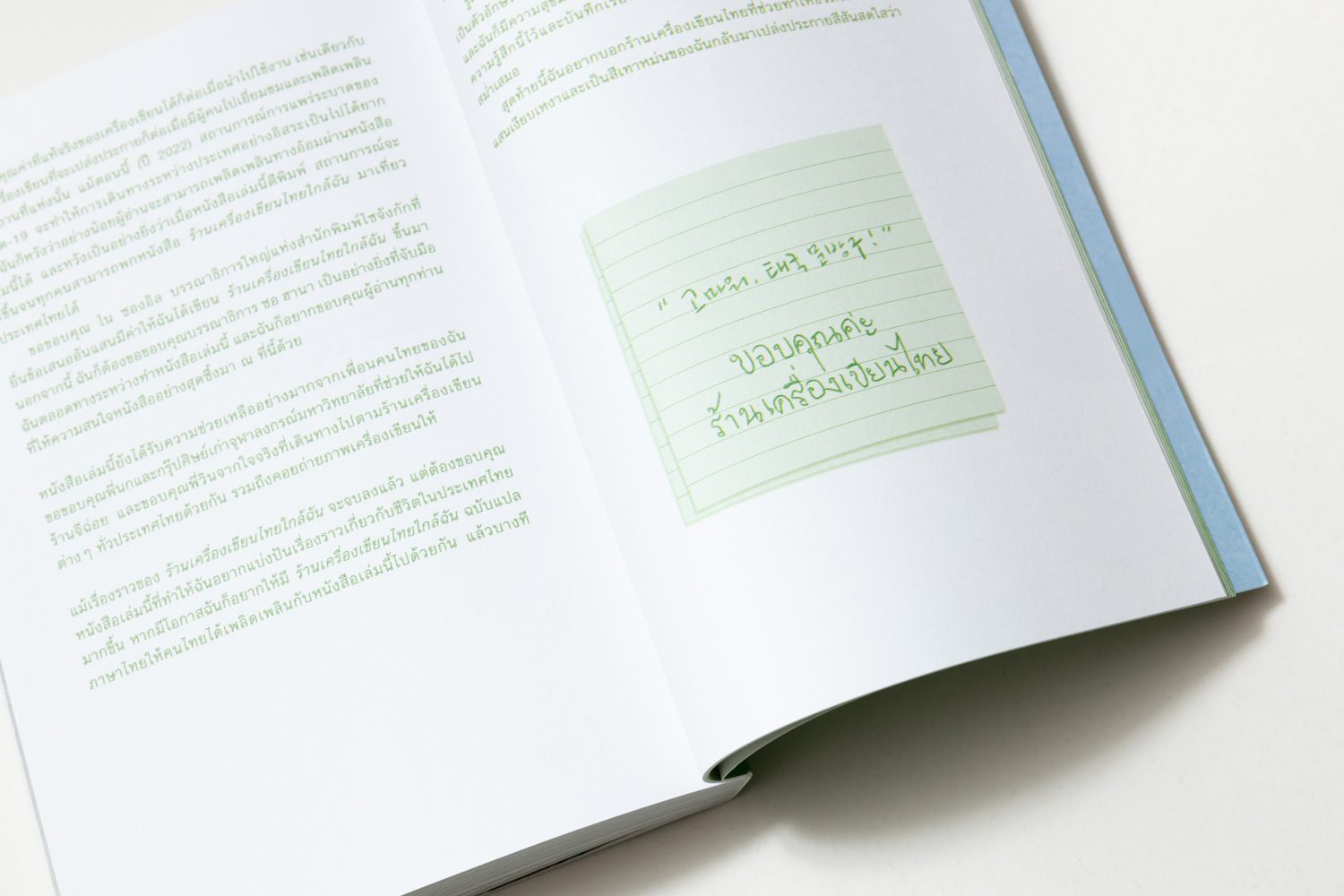
Photo: Ketsiree Wongwan
Beyond the translation’s smooth and friendly tone—which makes the writing feel as if you’re listening to the author gently share her experiences in such a comprehensive and enjoyable way—the most entertaining and interesting aspect of ‘THAILAND STATIONARY’ or ‘ร้านเครื่องเขียนไทยใกล้ฉัน (Thai Stationery Stores Near Me)’, isn’t actually about the stationery shops that Lee Hyunkyung writes about. Instead, it’s her perspectives on Thai society and ‘Thainess’ that she skillfully weaves into the narrative, prompting us to pause, reflect, or even delve deeper into the origins of certain customs. For instance, to give you a taste of what the book offers from the viewpoint of a Korean who has lived and immersed herself in Thailand for six years: she observes that Thai people primarily use blue pens, unlike in other countries where black ink pens are the norm; notes that Thais have a fondness for stickers, making them available in almost every stationery shop; comments on Thailand’s ‘sabai-sabai’ (relaxed) culture, which means she seldom hears phrases like ‘hurry up’ or ‘rush’; and offers an explanation of the word ‘greng-jai’ (a complex Thai concept of consideration for others) in a way that’s rarely heard. All of this illustrates that by reading ‘Thai Stationery Shops Near Me,’ you’ll discover many aspects of life that you may have never thought of or considered before. And don’t forget to keep it ‘sabai-sabai’ when you read the book.

 Photo: Ketsiree Wongwan
Photo: Ketsiree Wongwan 